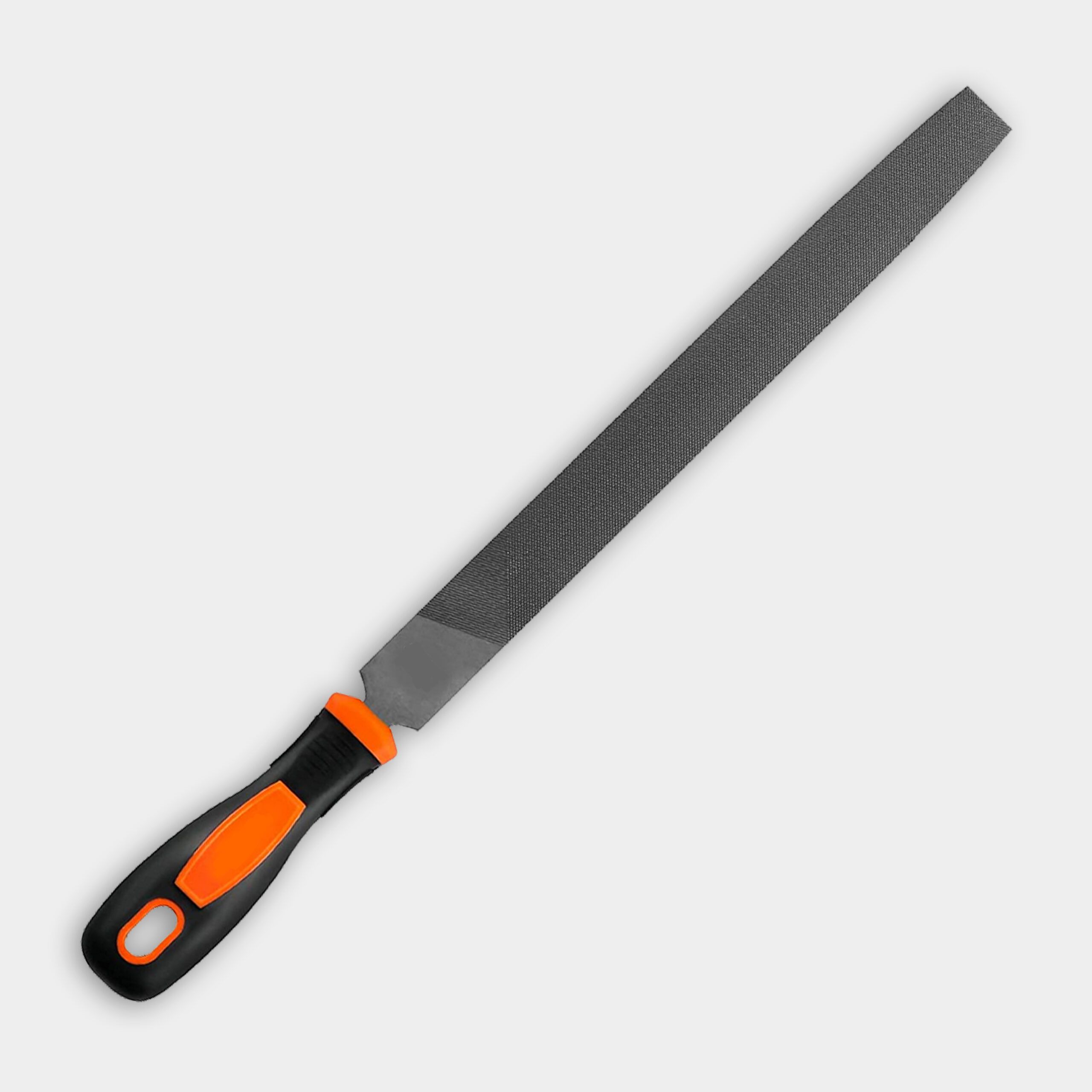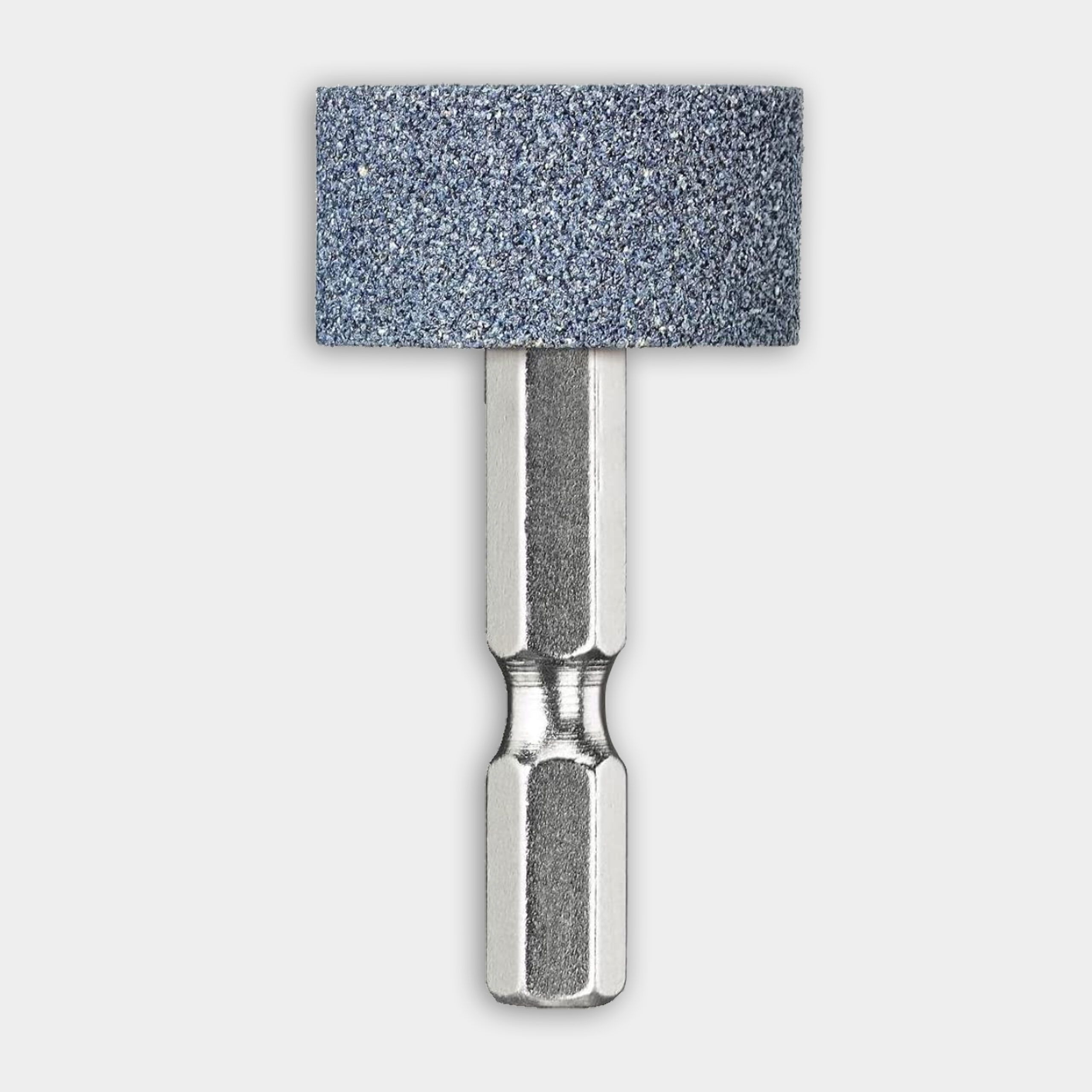We may be compensated if you purchase through links on our website. Our team is committed to delivering honest, objective, and independent reviews on home products and services.
A chainsaw is a powerful tool that can make quick work of tree-cutting, wood processing, and many other heavy-duty project tasks. However, you must use this tool safely and carefully to prevent serious accidents or injury. This guide will walk you through the proper techniques for using a chainsaw, from safety precautions to cutting methods. In the video above, This Old House landscape contractor Roger Cook and chainsaw expert Tim Ard demonstrate these techniques. Remember that practice and experience will improve your skills, but always prioritize safety when using a chainsaw.
Safety First: Essential Gear and Precautions When Using a Chainsaw
Wear the right protective equipment and follow basic safety protocols to avoid accidents or injuries while using your chainsaw.
Personal Protective Equipment (PPE)
When operating a chainsaw, always keep your safety gear on. It protects you from hazards such as falling debris, flying wood chips, and accidental contact with the chain. Here’s what you should wear:
- Hardhat with face shield
- Hearing protection (earmuffs or earplugs)
- Safety glasses
- Thick work gloves
- Ballistic nylon chaps which gives a jamming effect if the chainsaw comes in contact with it
- Non-slip work boots (preferably steel-toed)
Basic Safety Measures
Make sure that you know your equipment and that it’s in good working condition before you start.
- Read the owner’s manual thoroughly
- Inspect the chainsaw for any damage or loose parts
- Clear the work area of bystanders and obstacles
- Keep a first aid kit nearby
- Never operate a chainsaw when tired or under the influence of drugs or alcohol
Prepare Your Chainsaw
Inspect each part of your chainsaw to be sure each part is prepped, and perform any maintenance as needed before you start using it. This includes fueling, lubricating, and checking the chain tension.
Fuel and Lubrication
- Fill the chainsaw with the correct gas/oil mixture as specified in the owner’s manual
- Add bar-and-chain lubricant to the saw’s reservoir
- Wipe away any spills to prevent slipping and falling
Check the Chain Tension
A correctly tensioned chain is important for safety and performance. To check the tension:
- Wear gloves to protect your hands
- Pull the chain away from the bar and release it
- The chain should snap back but still move freely around the bar
- If necessary, adjust the tension using the adjustment screw
Importance of Chainsaw Safety Features
Modern chainsaws come with several safety features that help prevent accidents. Ard highlights three key safety features:
- Throttle interlock: Prevents accidental engagement of the throttle
- Chain brake: Stops the chain movement in case of kickback
- Chain catch: Prevents the chain from hitting the operator if it derails
Get familiar with these features and check that they work correctly before each use. Address any issues or consult a professional for repairs or replacements as needed.
Sharpen Your Chainsaw
A sharp chain makes cutting easier and reduces the risk of kickback. There are two main ways to sharpen your chainsaw:
Manual Sharpening with a File
- Use a file of the correct size for your chain’s teeth
- Mount the file in a sharpening gauge
- Sharpen each tooth with several strokes in one direction, usually 7-8
- Sharpen every other tooth on one side, then flip the saw and repeat for the other side
Use a Grinding Stone Attachment
For sharpening in seconds, Ard uses a specialized kit with a grinding stone attachment. This is a convenient option if you use your chainsaw a lot:
- Attach the device to the chainsaw bar
- Start the saw on the ground
- Push the sharpener against a log for 3-5 seconds while running the saw
Proper Chainsaw Cutting Techniques
Now that your chainsaw is prepared and you’re equipped with safety gear, it’s time to learn proper cutting techniques.
Measure and Mark
When cutting logs into firewood:
- Use the chainsaw bar to measure 16-inch sections (or your preferred length)
- Mark the log at each measurement point
Safe Cutting Method
Here’s the safest way to cut:
- Start the saw on the ground
- Use the bottom of the blade near the saw body, and do not use the tip
- Cut about three-quarters of the way through the log
- Rotate the log and complete the cut
- Avoid cutting all the way through to prevent dulling the blade on the ground
Understand Reactive Forces
Ard explains three reactive forces to be aware of when using a chainsaw. Be sure that you understand how these forces work and how to maintain control of the saw to prevent accidents:
- Kickback: Occurs when the tip of the bar contacts an object
- Pull: The saw pulls away from you when cutting with the bottom of the bar
- Push: The saw pushes back when cutting with the top of the bar (undercutting)
Cut Firewood Efficiently With a Chainsaw
One of the most common uses for a chainsaw is cutting firewood:
- Organize Your Work Area: Position logs and have a clear plan before starting to reduce the need for repositioning and unnecessary movements.
- Avoid Overreach: Keep your body balanced and avoid overextending your arms for safety.
- Cut at a Comfortable Height: Elevate the logs using sawbucks or stands. This reduces the strain on your back and lets you make smooth, controlled cuts.
Practice Different Cuts
Different cuts may be more suitable for different tasks, so here are a few to practice and master depending on your project.
- Bucking: Cut a downed tree into smaller sections. Use a sawbuck or have someone hold the log steady.
- Limbing: To remove branches from a downed tree, start at the base and work your way up, keeping the saw close to the trunk.
- Felling: Cut down a standing tree. Plan the fall direction, make a notch cut, and then a felling cut from the opposite side.
Chainsaw Maintenance Tips
Regular upkeep can increase the life span of your chain saw and can help you avoid expensive repairs or replacements:
- Clean the air filter regularly
- Check and tighten all screws and bolts
- Inspect the bar for wear and damage
- Keep the chain sharp and properly tensioned
- Store the chainsaw in a dry place when not in use
If you notice major damage or performance problems, or if you’re not comfortable taking of your chainsaw yourself, hire a professional to take care of it.
Seasonal Maintenance
If you don’t use your chainsaw often or only during certain months, here are some extra steps to take so it works when you need it.
- Before the Season: Inspect for damage, clean thoroughly, and lubricate moving parts.
- During the Season: Regularly clean after each use, check the chain tension, and refuel properly.
- End of Season: Drain the fuel, clean thoroughly, and store in a dry, secure place.



